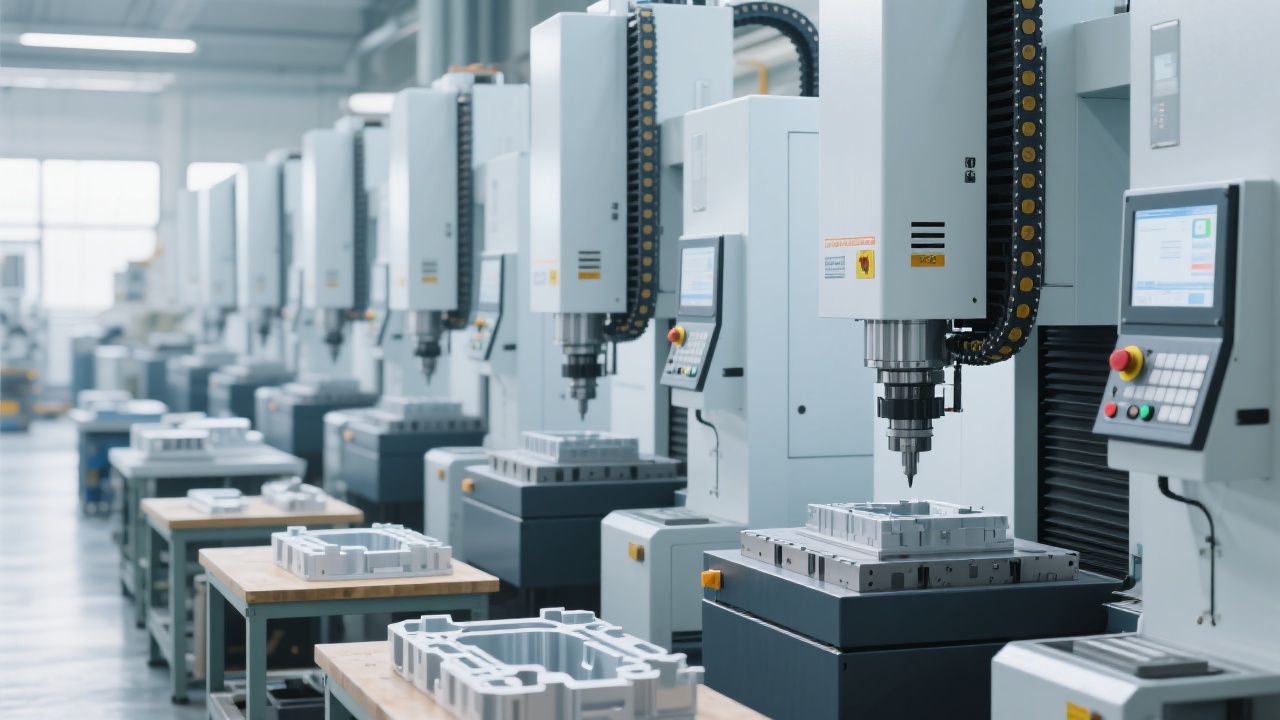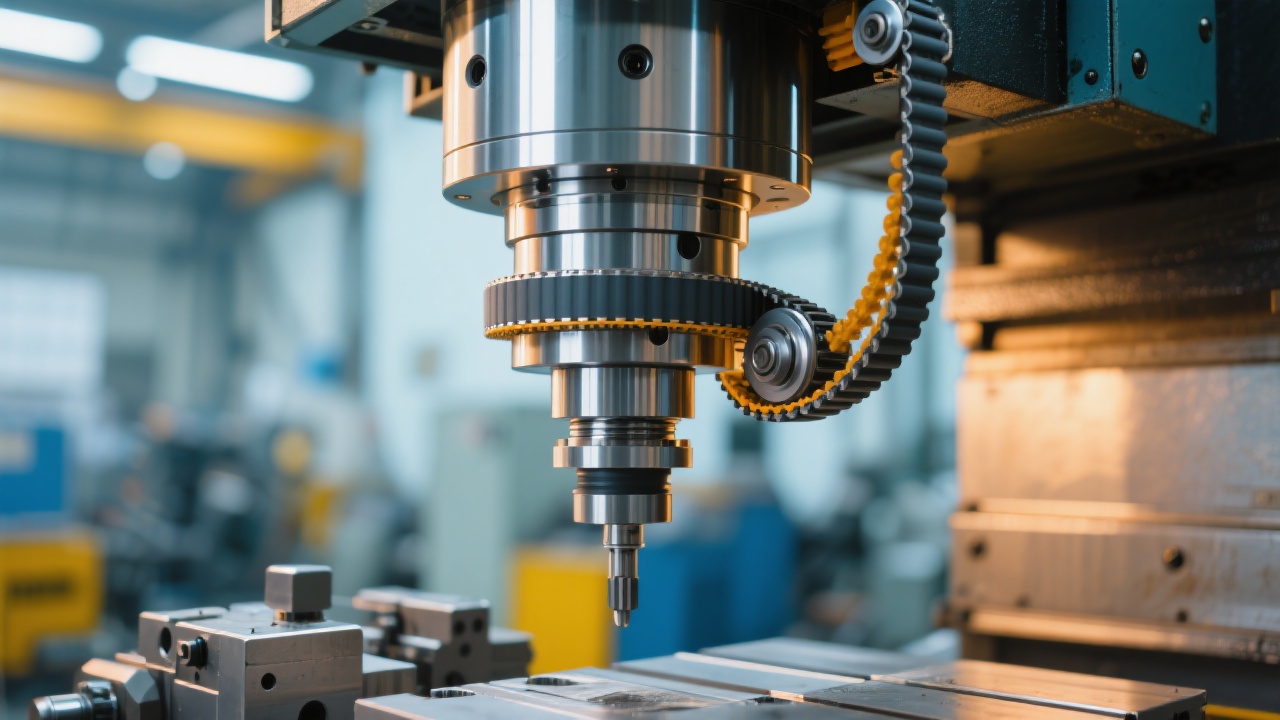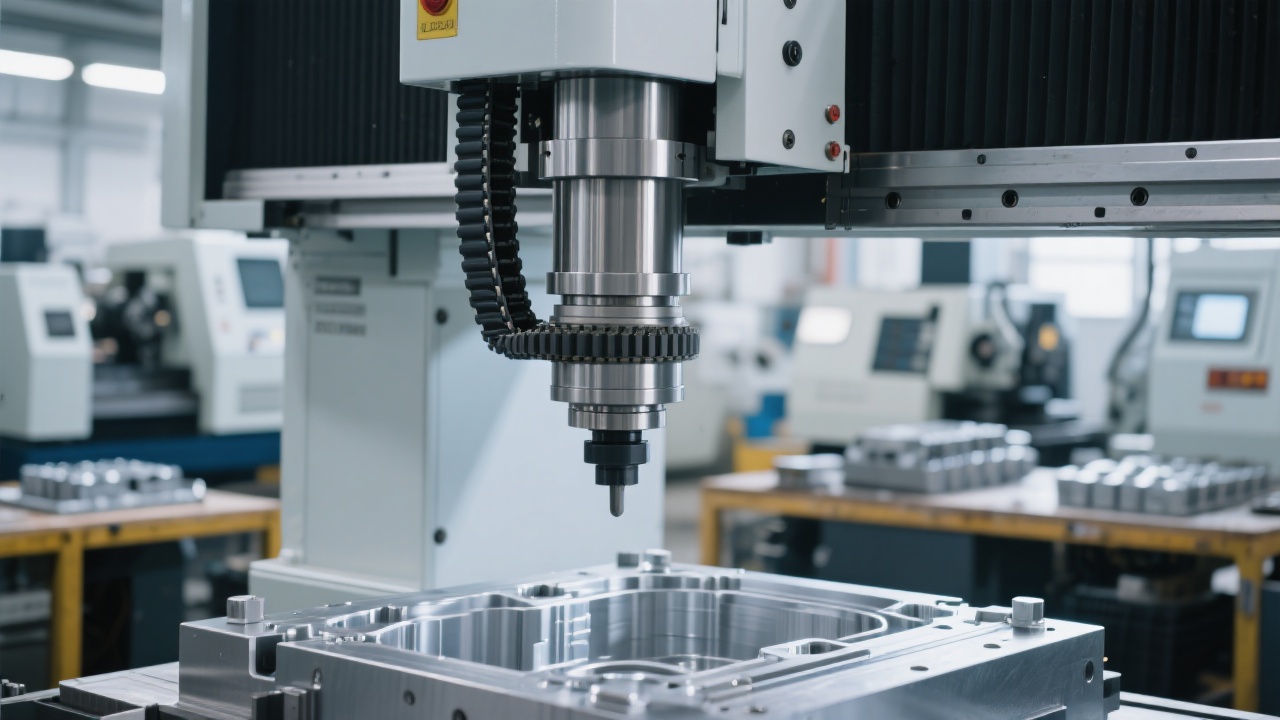
This article delves into the application differences, advantages, and disadvantages of dry lubrication and oil mist lubrication in the GJ1417 high - precision graphite - specific CNC milling machine of Ningbo Kaibo CNC Machinery Co., Ltd. In the graphite machining process, the dust generated can have a significant impact on the accuracy and service life of the equipment. Therefore, proper maintenance and scientific management are crucial for the long - term stable operation of the machine and the improvement of processing quality.
Graphite dust is fine and abrasive. When it accumulates on machine components such as linear guides, spindles, and ball screws, it can accelerate wear and tear, reduce the accuracy of the machine, and even cause mechanical failures. For example, if dust enters the linear guide, it can increase the friction coefficient, leading to uneven movement of the worktable. To prevent such problems, regular cleaning is necessary. It is recommended to clean the machine at least once a day during continuous operation. Use a vacuum cleaner to remove large particles of dust first, and then use a clean, dry cloth to wipe the components gently. For hard - to - reach areas, a compressed air gun can be used to blow out the dust.

There are two main lubrication methods for the GJ1417 graphite CNC milling machine: dry lubrication and oil mist lubrication. Dry lubrication uses solid lubricants, which have the advantage of being clean and dust - free. It is suitable for environments with high - precision requirements and where dust control is strict. However, the lubrication effect may be limited under high - load and high - speed conditions. On the other hand, oil mist lubrication can provide better lubrication performance, especially for high - speed rotating components such as spindles. It can reduce friction and heat generation effectively. But it requires a more complex lubrication system and may cause oil mist pollution if not properly managed.
| Lubrication Method | Advantages | Disadvantages |
|---|---|---|
| Dry Lubrication | Clean, dust - free, suitable for high - precision environments | Limited lubrication under high - load and high - speed conditions |
| Oil Mist Lubrication | Good lubrication performance, especially for high - speed components | Requires complex system, potential oil mist pollution |
Regular detection of key components is an important part of machine maintenance. For linear guides, it is recommended to perform a visual inspection and a smoothness test every week. Check for signs of wear, such as scratches or indentations. The spindle should be inspected at least once a month. Use a vibration detector to check the vibration level of the spindle. Abnormal vibration may indicate problems such as unbalanced rotors or bearing wear.

When a machine failure occurs, a scientific troubleshooting process is necessary. For example, if the machine has abnormal noise, first check the lubrication system to see if there is a lack of lubricant. Then, inspect the mechanical components for loose parts or damage. Here is a simple troubleshooting flowchart:

Let's look at a real - world case. A factory using the GJ1417 machine encountered a problem where the worktable movement was not smooth. After a series of inspections, it was found that graphite dust had entered the linear guide. After cleaning and re - lubricating the guide, the problem was solved. This case shows the importance of regular cleaning and proper lubrication.
The GJ1417 graphite CNC milling machine from Ningbo Kaibo CNC Machinery Co., Ltd. is designed with high - performance components and advanced technology. It not only has excellent processing accuracy but also comes with a comprehensive after - sales service system. Our professional technical team is always ready to provide you with support and solutions. Whether you are a novice or an experienced user, we can help you establish an efficient maintenance system for your machine.
Discover the High - Performance GJ1417 CNC Milling Machine Now!

